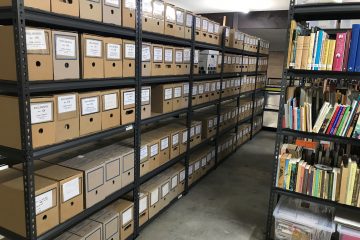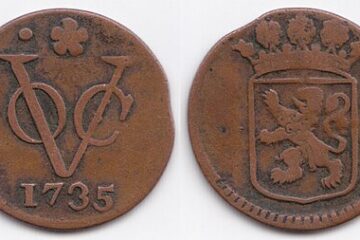The Mutiny of the Bounty is one of the most famous mutiny stories ever. Captain’s William Bligh mission was to collect Breadfruit plans in Tahiti and deliver them to the Americas as it was seen as a cheap food for the slaves on the British plantations. The trip faced many obstacles, a delayed departure from Portsmouth, bad weather on the Atlantic Ocean and later at Cape Horn, redirection to Cape of Good Hope, arriving at Tahiti too late to sail on the Americas. The five months stay at Tahiti was like an idyllic story, they were treated at guests and beautiful women, several of the mutineers married them on the island.
Bligh however was often in a foul mood and abused his officers and men, this eventuality led to the mutiny, on 28 April 1789, shortly after they left Tahiti. Bligh and 18 of his loyal man were offloaded on the ship’s sloop. The 11 mutineers ( and 7 loyalists who Bligh had to leave behind) went back to Tahiti. The 11 mutineers picked up 12 Tahitian women and 6 men and eventually arrived at the remote island of Pitcairn, from here in 1856 they were moved to Norfolk Island where their descendants are living till this day.
Bligh’s escape to Timor and the support he received from the Dutch
The Dutch involved of this story has to do with sloop with Captain Bligh and his crew. The mutineers had ordered Bligh, two midshipmen, the surgeon’s mate (Ledward), and the ship’s clerk into the sloop. Several more men voluntarily joined Bligh rather than remain aboard. Bligh and his men sailed the open boat 30 nautical miles (56 km) to Tofua in search of supplies but were forced to flee after attacks by hostile natives resulted in the death of one of the men.
Bligh then undertook an arduous journey to the Dutch settlement of Koepang (Coupang) on Timor, located over 6,500 km from Tofua. He safely landed there 47 days later, having lost no men during the voyage except one killed on Tofua.
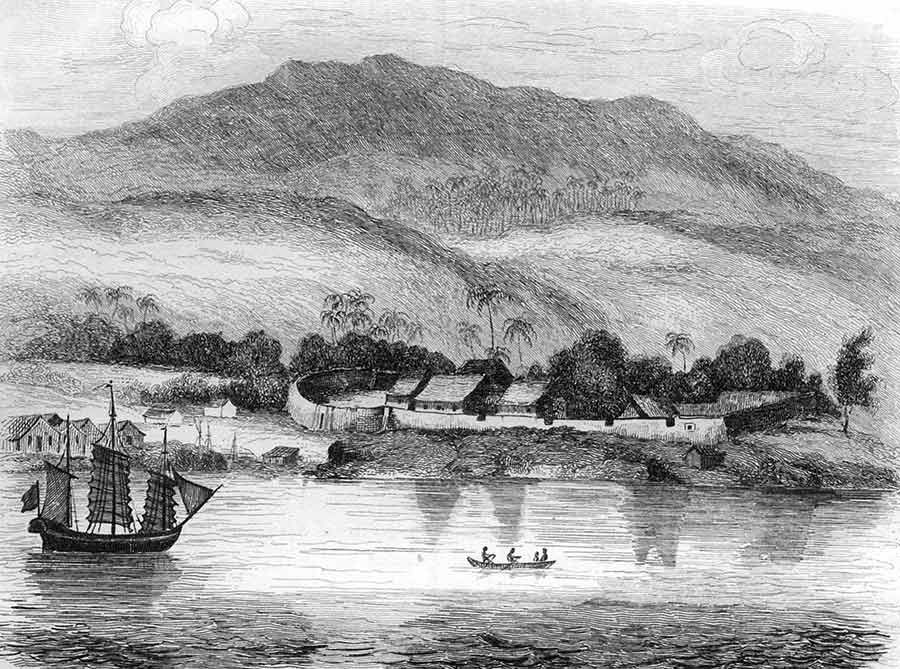
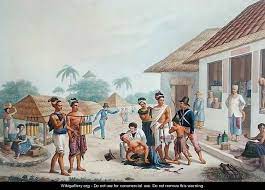
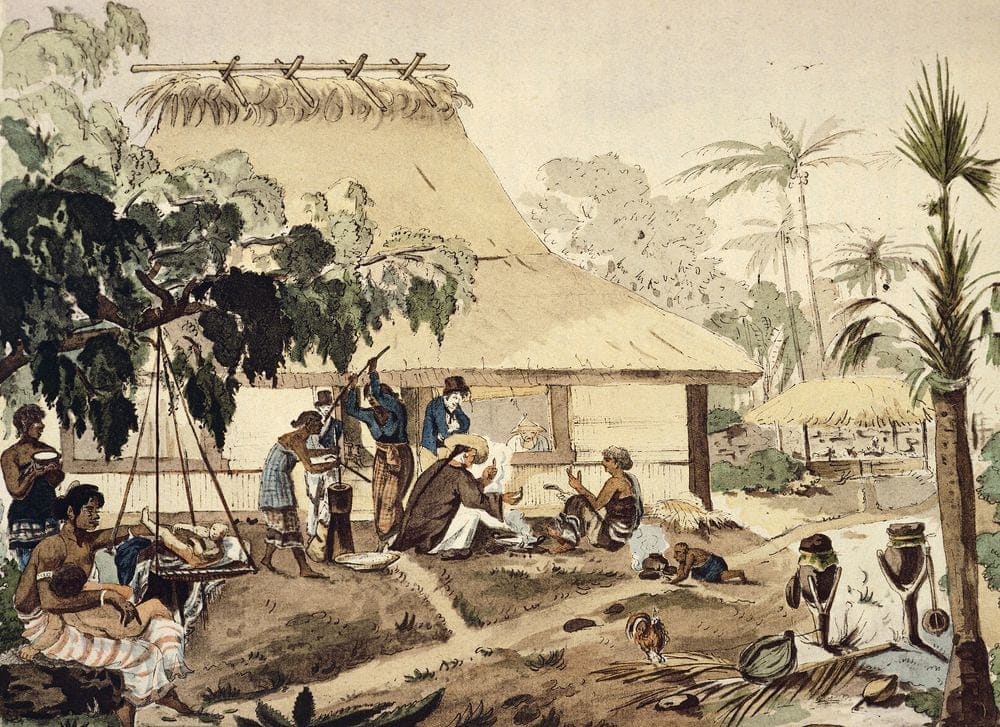
They arrived on Roti island of the coast of Timor and with the assistance of some local people arrived in Koepang on June 16, 1789. Here he was welcomed by Captain Spijkerman, as the Governor Willem Adriaan van Este was terminal ill. A breakfast was immediately prepared at the house of the Captain for the famine-stricken crew. Bligh describes his men as nothing but skin and bones with limbs full of sores, clothed in rags but with tear in their eyes of joy and gratitude.
Bligh later met the Governor who ordered his staff to facilitate the procurement of all supplies needed. Accommodation was arranged for Bligh and the crew, with the hospital and the ship of Captain Spijkerman available for the men. In the meantime, the surgeon was already assisting the sick and injured. After inspecting the house Bligh was give, he decided that his men should join them here. With the Governor dying his 2nd in charge Mynheer Timotheus Wanjon (originally from Middelburg) – the son-in-law of Governor van Este – would be Bligh’s contact for further arrangements. The Governor died not long after Bligh and the crew had left the island.
On July 1, Bligh bought a small schooner, Tim Wanjon accepted Blight promise that his government would pay for it. Bligh gave the ship the name Resource. His plan was to proceed to Batavia and from there catch a ship to Europe. But before that happened his botanist David Nelson dies of an inflammatory fever. He was buried with military honours at the cemetery of Koepang.
Finally on August 20 Bligh and the remainder of his crew sailed to Batavia, where he arrived on October 1. However, Blight had to be carried on wall as he had fallen ill.
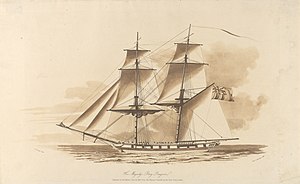
Nevertheless, Blight had to take the opportunity to use travel with Captain Peter Couvret on the VOC packet boat (brig) Vlijt/Vlyt/Vlydt (from the Chamber of Zeeland), which sailed for Cape of Good Hope on October 16. Only John Samuel, and John Smith accompanied him. Most of his men had to stay in Batavia as there was not enough room for all, they travelled back to England later.
Finally on January 2, 1790, Bligh arrived back in Portsmouth.
Hunting the mutineers, a ship wreck and again Dutch support in Koepang
In early August 1790, five months after the news of the mutiny had reached England it was decided to despatch the HMS Pandora to recover the Bounty, capture the mutineers, and return them to England for trial. The ship was commanded by Captain Edward Edwards and manned by a crew of 134 men.
The Pandora reached Tahiti on 23 March 1791 and rounded up 14 mutineers who were still on the island, some of the loyalist had already been able to leave Tahiti for England. These fourteen men were locked up in a makeshift prison cell, measuring 3.4 by 5.5 m, on the Pandora’s quarterdeck, which they called “Pandora’s Box”.
The ship left Tahiti in May and spend the following three months visiting various Pacific Island in an attempt to catch the other mutineers, all at no avail. They never came close to Pitcairn as the island was wrongly charted on the Admiralty maps.
Going through Torres Strait, the ship ran aground on 29 August 1791 on the outer Great Barrier Reef. Pandora sank the next morning, claiming the lives of 35 men – 31 crew and 4 of the mutineers. According to one history the prisoners drowned because their hands were still manacled.
After two nights on a small treeless sand cay the survivors (89 crew and 10 prisoners, 7 of whom were released from their cell as the ship sank) sailed for Timor in four open boats,
On September 15, 1791, Mynheer Wanjon offered the same hospitality to Captain Edwards of the Pandora and his men and their prisoners as he had give the Bligh and his men. Again the people on the island saw the spectacle of ghost-like British seamen, hardly able to walk, dragging themselves up from the harbor. . On October 6 the Pandora survivors sailed for Batavia on the 110 feet Dutch VOC ship Rembang.
Eventually only 78 of the 134 men who had been on board upon departure returned home.
Bligh back in Koepang
Mynheer Wanjon was still there when Bligh returned from his second breadfruit expedition and stopped at Timor on October 2, 1792. Bligh wrote in his log:
Wednesday, October 3rd. It was a pleasant circumstance to me to find Mr. Timotheus Wanjon, the gentleman who had assisted me so kindly when here in the “Bounty’s” Launch, to be now Governor. Out of the little society then living, four were now dead, among whom was the surgeon Mr. Max, who had attended our sick and dressed our sores.
See also: William Bligh’s Narrative of the Mutiny on the Bounty (London: George Nicol, 1790) as published in the book Mutiny on Board HMS Bounty.
Matthew Flinders visited Koepang in 1803
This took place during his circumnavigation of Australia. At the time he led the first circumnavigation of Australia from 1801 to 1803 aboard HMS Investigator. During this voyage, Flinders stopped at various locations in the region, including Koepang.
At Kupang, Flinders and his crew obtained fresh provisions and water, and Flinders met with Dutch officials to discuss various matters, including the possibility of trading with Australia. He also discussed the Trepang trade with the Dutch Governor. Flinders also took the opportunity to make astronomical observations to help improve the accuracy of his maps and charts. The visit to Koepang is recorded in Flinders’ journal and in various historical accounts of his voyage.
We visited Norfolk Island in February 2023. The Bounty story is still very much alive here. The descendants of the Mutineers and their Tahitian wives represent approx a third of the population of 2200 and they are still fiercely fighting for political recognition as a people who were give sovereign right by the British Crown in 1856, when they arrived here from Pitcairn. There are museums, restaurants, touring companies and so the list goes on all following the themes of the Bounty. The support I received from the Norfolk Museum for some of the information above and below was first class.
Paul Budde
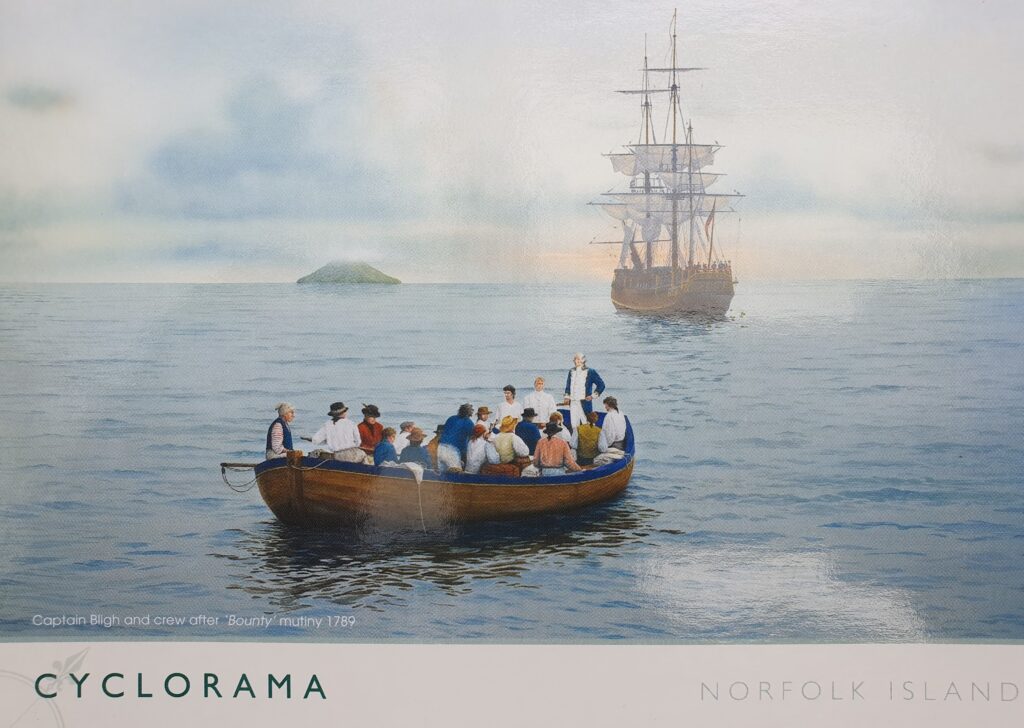
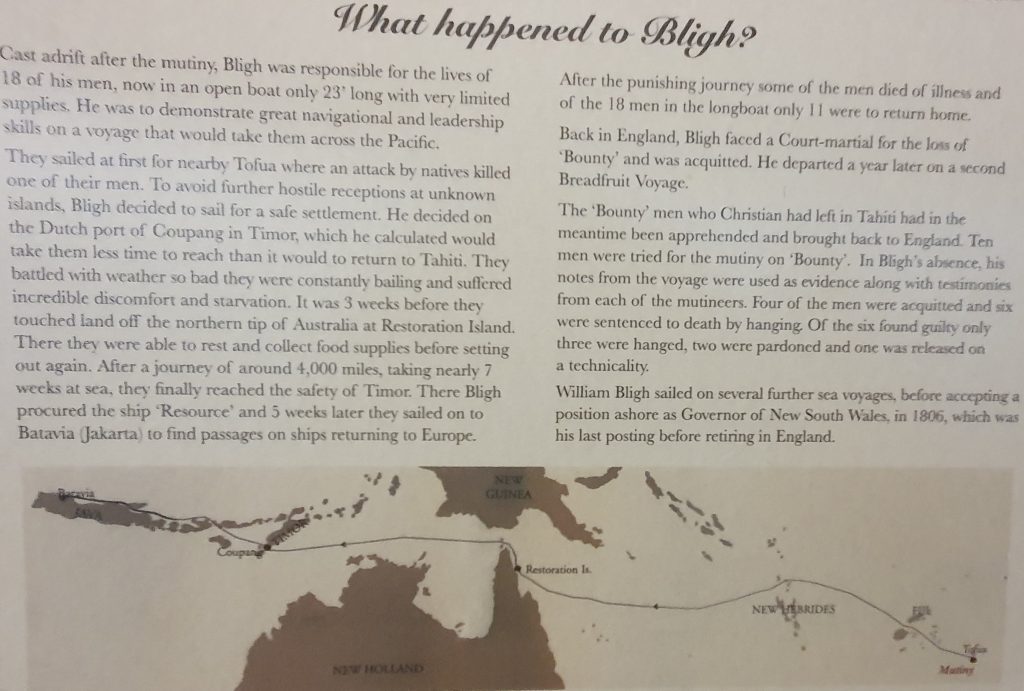
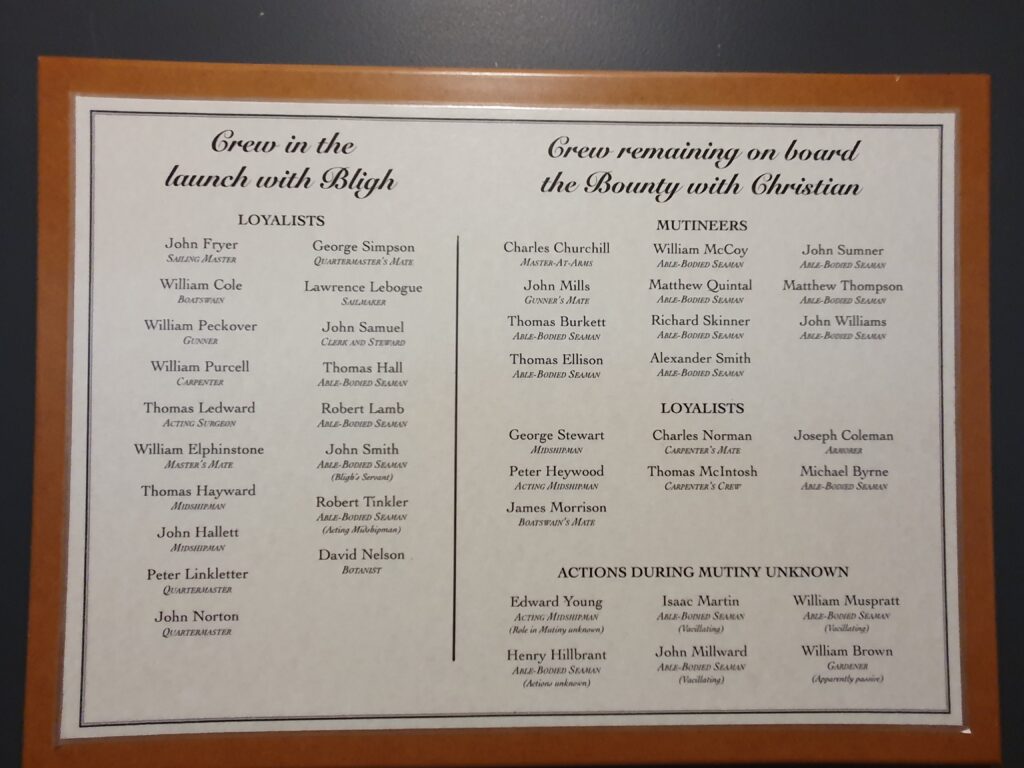
See also:
Around the same time the Dutch colonial city of Batavia also play a key role in providing supplies for the starving First Fleeters in Sydney.
After Cook landed on Australia’s east coast, severe casualties in Batavia – 1770
